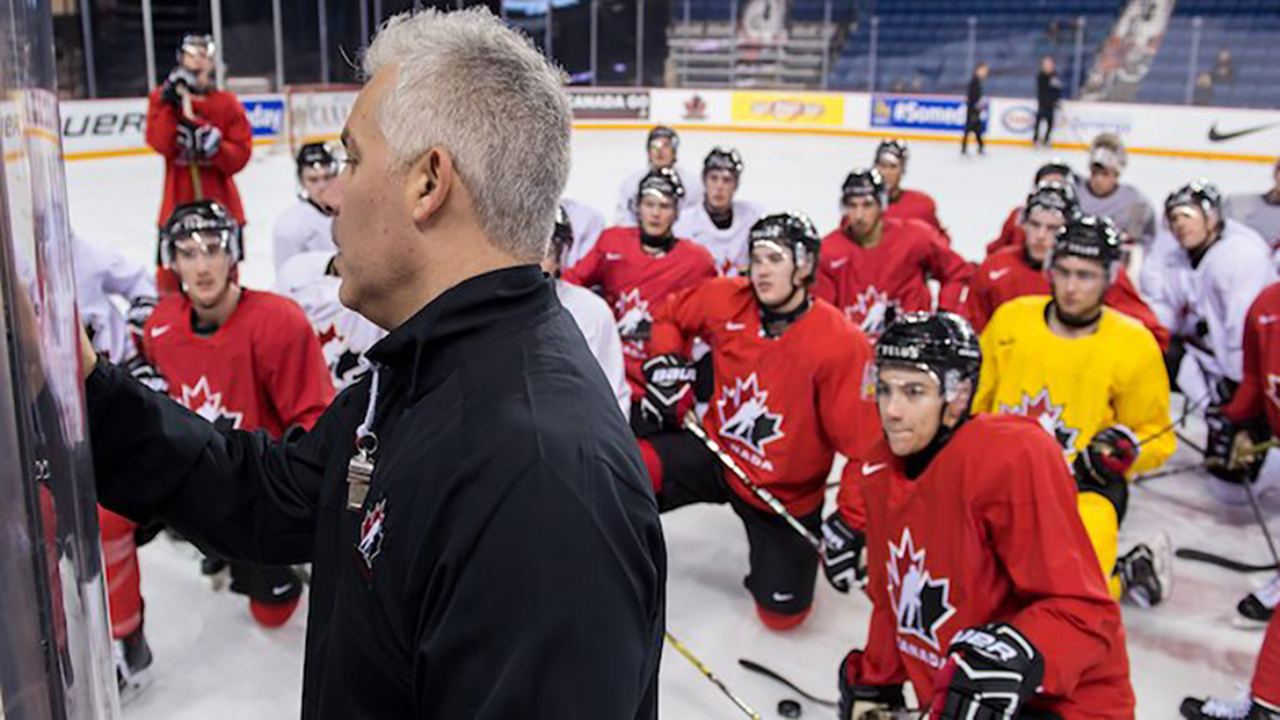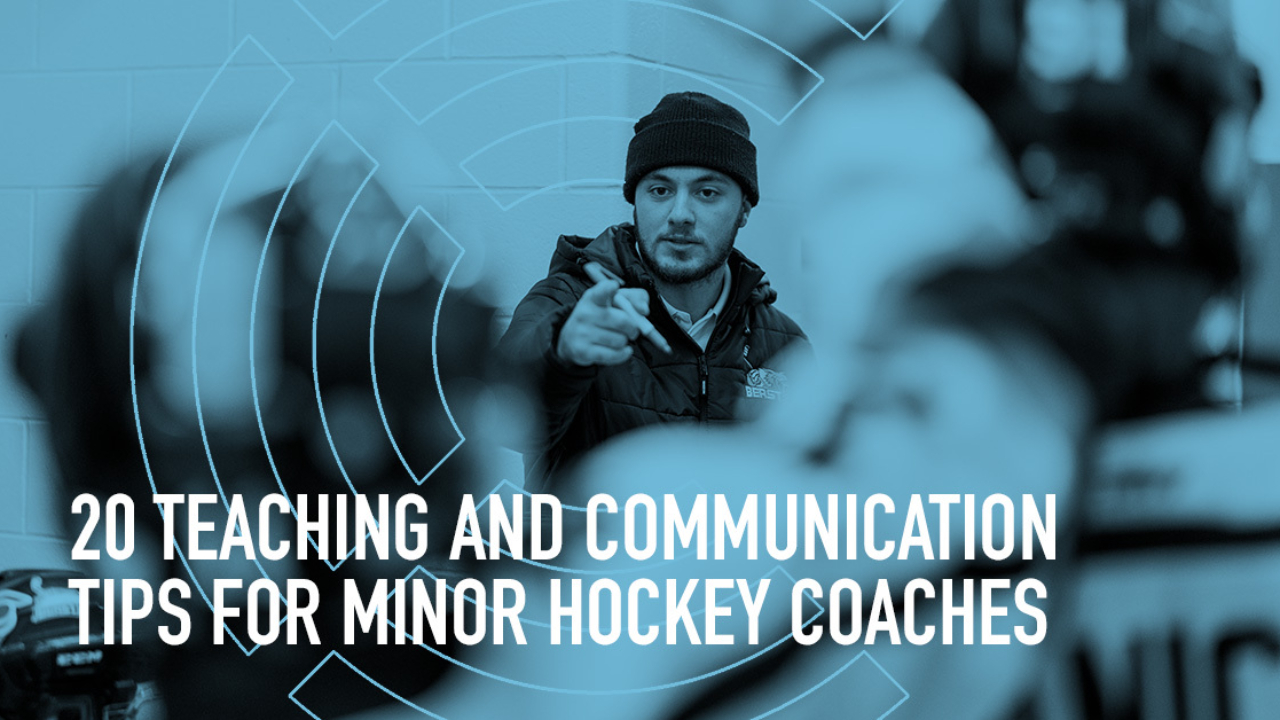
Great coaches share difficult and complex concepts through relatable stories.
If you've ever had a coach who also served as a storyteller, I'm sure you gained valuable insights from them. You likely learned some fundamentals of the game and explored various tactics; however, the most important lessons were probably about yourself, your teammates, and the storied history of the game.
Analogous teaching and coaching methods use metaphors and similes when instructing. They are coaching and teaching techniques I recommend. But storytelling takes those approaches even deeper. Storytelling connects you to your players and illustrates the passion and interest you have in coaching to your message and your players.
If you are struggling to gain attention pre and post-practice/games. If you are finding that your players are tuning you out. Or, if you see they are having trouble concentrating and focusing, begin your attempts at teaching/coaching with a story.
The story can be from your playing days or simply a tale you've heard. It doesn't have to be original; many great hockey stories have been shared more often than a puck in a Swedish game of shinny. However, I find that personal stories tend to resonate the most.The story can be from your playing days or simply a tale you've heard. It doesn't have to be original; many great hockey stories have been shared more often than a puck in a Swedish game of shinny. However, I find that personal stories tend to resonate the most.
Here are some vital elements to include in the next story for your team:
- Characters - Describe the main characters of your story by linking their personalities and characteristics to your lesson or team address. Include their strengths, weaknesses, and goals. In the best stories, characters experience change and emerge stronger, more successful, or having learned something valuable along their journey.
- Conflict - To grab interest, explain the challenge the characters in your story had or are having. These challenges may be overcoming an obstacle, either personal (internal conflict), external (like with an event or incident) or societal (up against "the system").
- Plot - Keep the story on topic and directed to your purpose. Events in the story that have order and sequence are the most memorable. You may choose to introduce the setting and characters. For example, "It was 1974 and the Bruins and their young star Bobby-Orr were facing a battle against their rivals but also with themselves..." Or you may introduce an incident with rising actions and a turning point. Followed by the resolution where the loose ends are tied up and lessons are learned.
- Setting - create a vivid image with your words. Details about the setting immerse the listener in the tone, mood, and circumstances, allowing them to relate.
- Theme - this is why you're telling the story. It is the underlying message. It should be clear or become evident as you near the resolution of the story. At least, clear enough for your group. The depth and context must have meaning to the listener to be useful. However, it doesn't have to be stated outright. But, it does need to emerge through the actions, consequences and choices made in the story.
- Tone and delivery - as with all communication, tone, pitch, volume and pacing are important. You may begin slowly and end quickly. You may play with rhythm and vary long descriptions with quick, short sentences that describe actions. Let some statements breathe, giving them emotional space and time to sink in.
- Point of View - use first, second or third person to hook your players. It will say much about how closely they will connect to the tale.
- Transformational - like all coaching find and relate lessons that will be remembered.
Become a great storyteller, and you will become a great coach.















